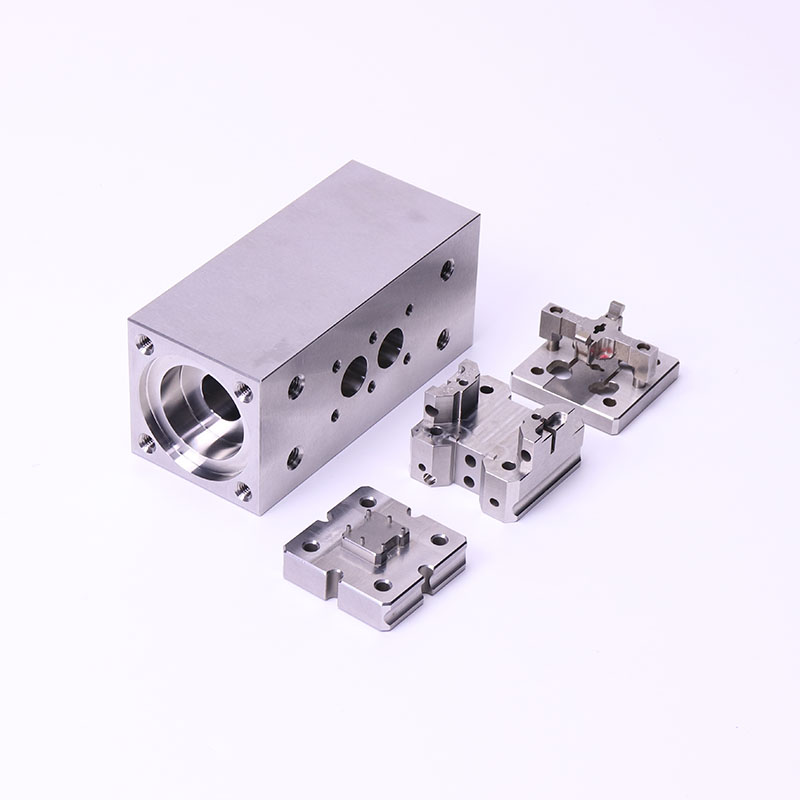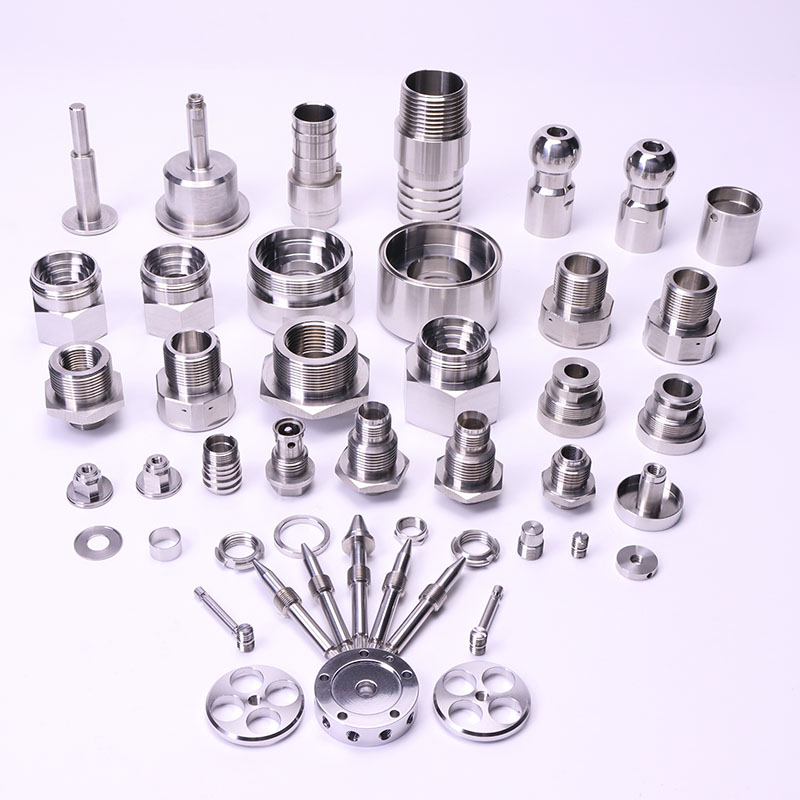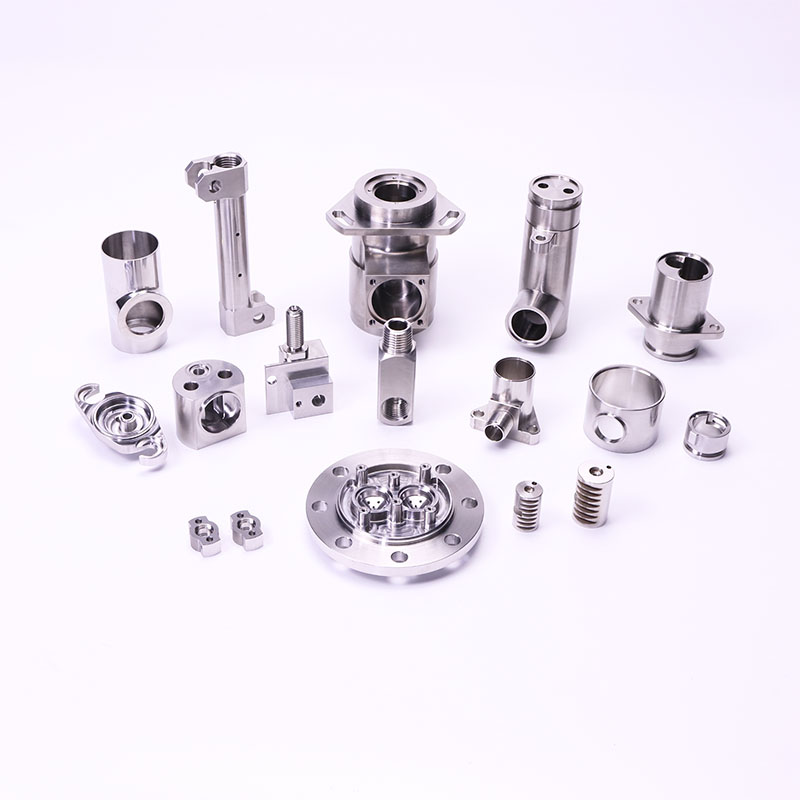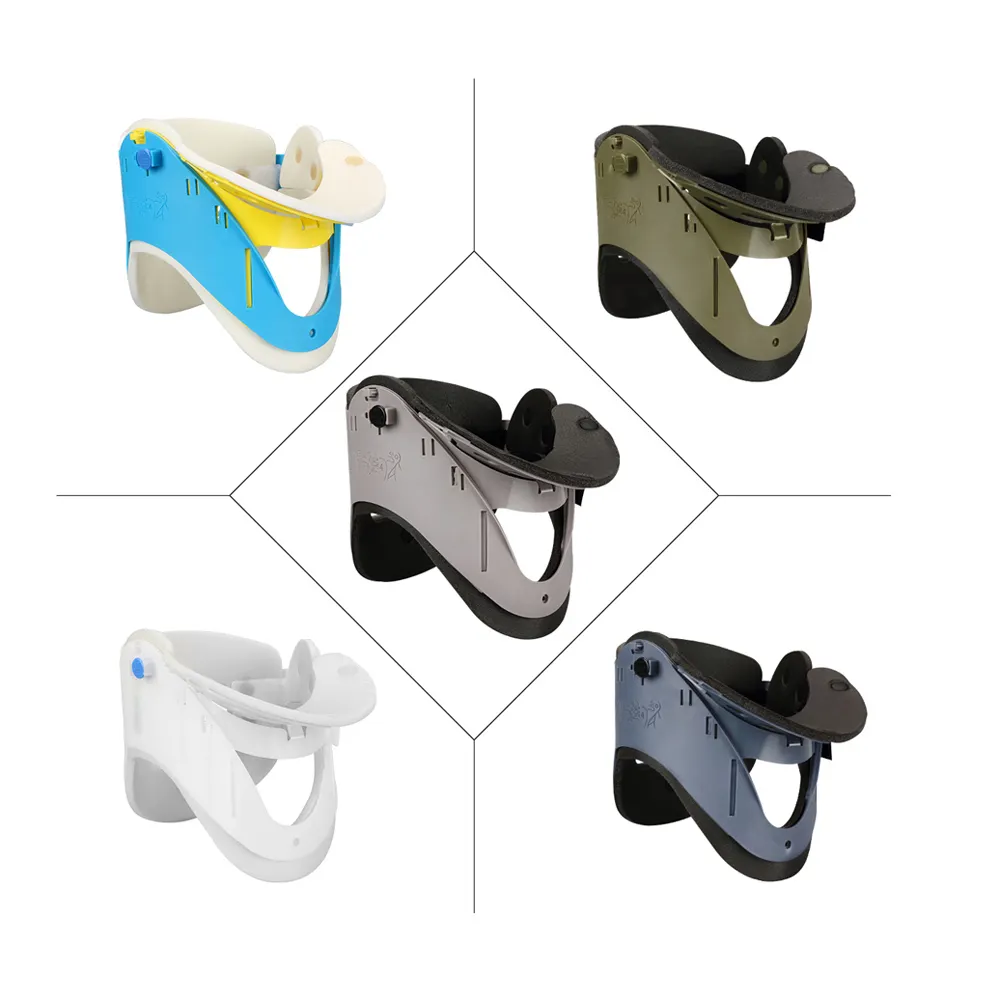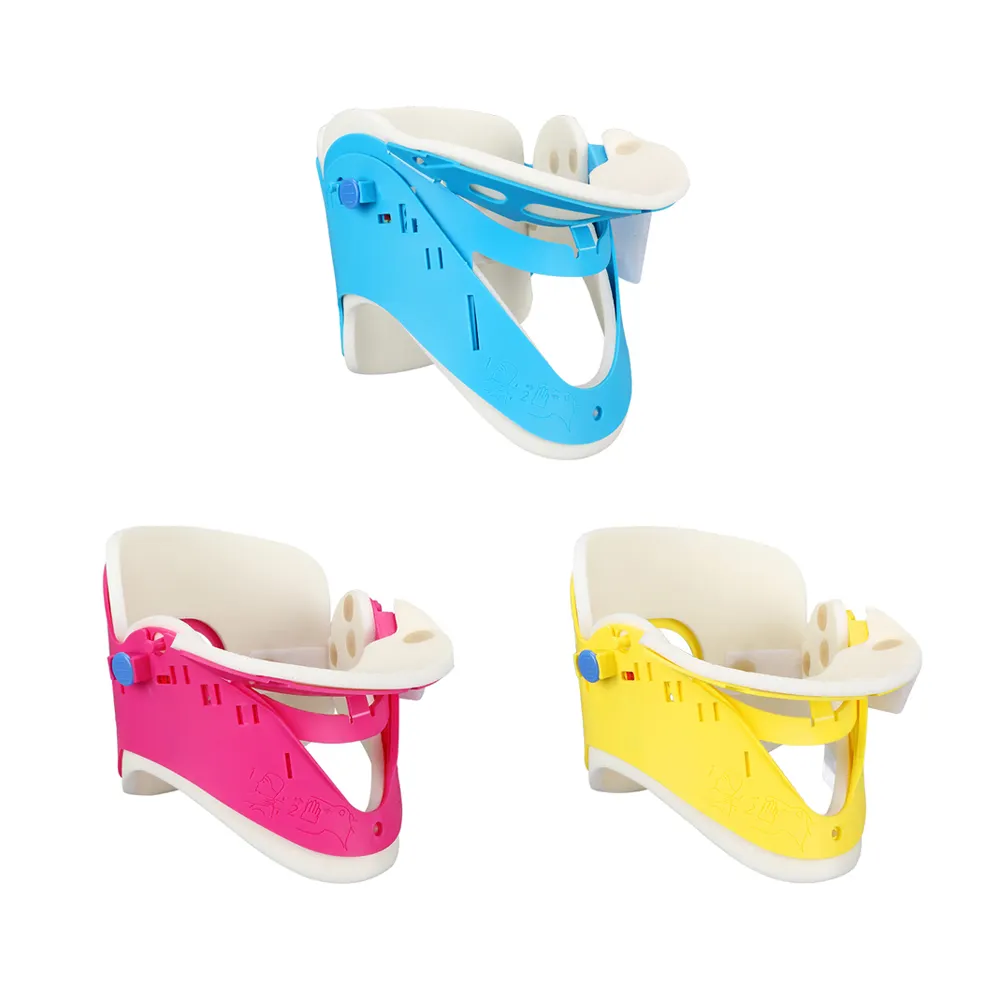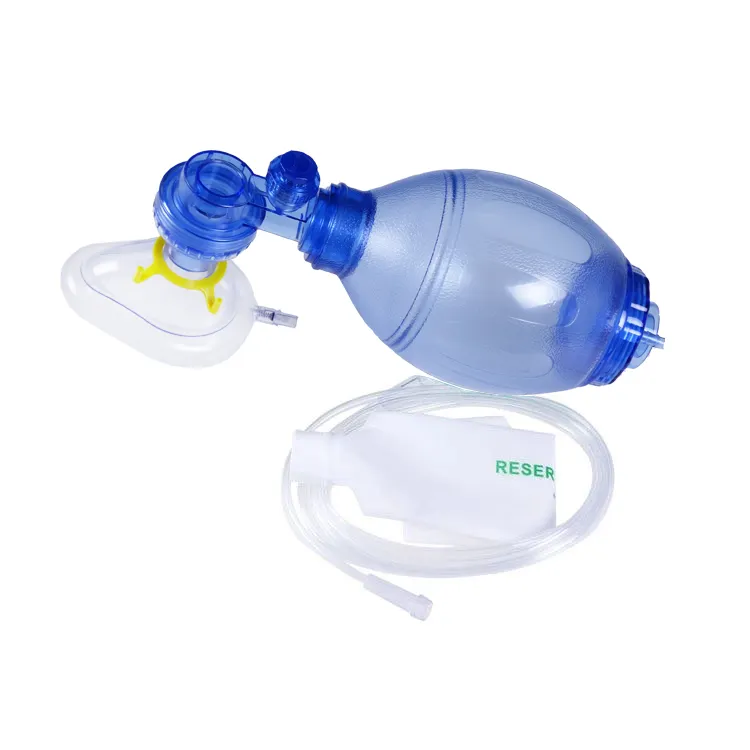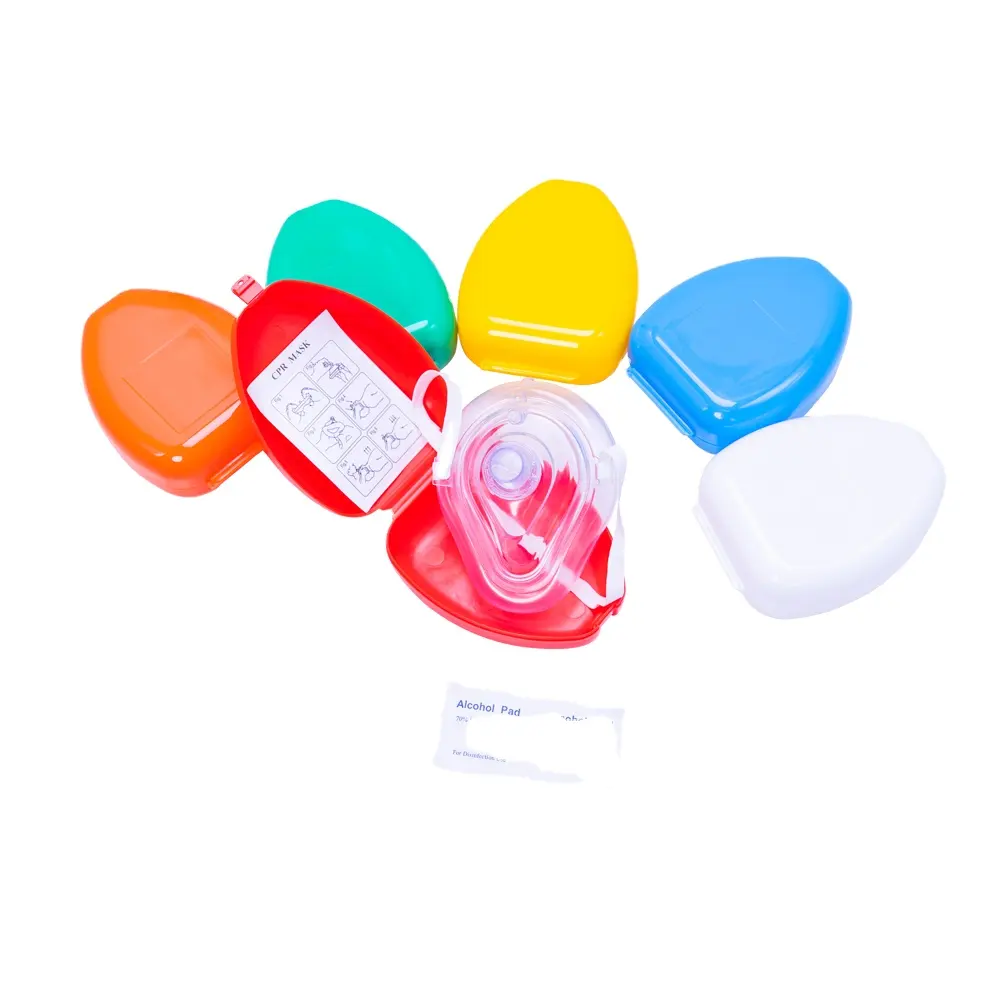Introduction
In the automotive and machining industries, the term "OEM (Original Equipment Manufacturer) auto parts" is frequently mentioned. But what exactly are OEM auto parts? Simply put, OEM auto parts are components made by the same company that manufactures the original vehicle. These parts are designed to meet the exact specifications and quality standards set by the vehicle maker, ensuring a perfect fit and optimal performance. For those in need of precision machining services, understanding OEM auto parts is crucial, as they often require high-precision manufacturing and quality materials.
1. The Manufacturing Process of OEM Auto Parts
1.1 Design and Engineering
The manufacturing process of an OEM auto part begins with meticulous design and engineering. Automotive manufacturers invest significant resources in research and development (R&D) to create parts that enhance vehicle performance, safety, and efficiency. For example, when designing a new engine part, engineers use advanced Computer-Aided Design (CAD) software to model and simulate the part's behavior under different operating conditions. This ensures that the part can withstand the stresses and strains it will encounter during the vehicle's lifespan.
1.2 Material Selection
Choosing the right material is a critical step in the manufacturing of OEM auto parts. Different parts require different materials based on their function and performance requirements. For example, high-strength steel is often used in chassis components to provide structural integrity, while aluminum alloys are commonly used in engine parts to reduce weight and improve fuel efficiency. European automakers like Volkswagen have increasingly adopted lightweight materials to meet stringent emissions and fuel economy standards.
1.3 Precision Machining and Fabrication
Once the design and material are finalized, the precision machining process begins. This involves using advanced machine tools and techniques to shape and finish the parts to the required tolerances. Computer Numerical Control (CNC) machining is widely employed to ensure high accuracy and repeatability. Many machining companies, especially in China, have invested heavily in state-of-the-art CNC equipment to produce high-quality OEM auto parts for both domestic and international markets.
2. Quality Standards and Testing of OEM Auto Parts
2.1 Rigorous Quality Control
OEM auto parts undergo stringent quality control at every stage of manufacturing. Manufacturers implement comprehensive quality management systems to ensure that each part meets or exceeds the specified standards. This includes in-process inspections, final inspections, and audits. For example, Toyota is known for its strict quality control, with each OEM part undergoing multiple inspections before being approved for assembly.
2.2 Performance and Durability Testing
To ensure the reliability and durability of OEM auto parts, extensive testing is conducted. This includes laboratory tests such as fatigue testing, corrosion testing, and environmental testing, as well as real-world on-road testing. For example, General Motors subjects its OEM brake components to thousands of miles of testing to ensure consistent stopping power and durability. Industry standards organizations, such as the Society of Automotive Engineers (SAE), set guidelines and standards for testing to ensure uniformity and reliability across the industry.
2.3 Certification and Compliance
OEM auto parts must comply with various international and national regulations and standards. For example, they need to meet safety standards, emissions regulations, and quality certifications. In the European Union, parts must adhere to EU vehicle type approval requirements, which cover safety, environmental protection, and electromagnetic compatibility. Manufacturers often obtain certifications such as ISO 9001 and ISO 14001 to demonstrate their commitment to quality and environmental management.
3. The Importance and Applications of OEM Auto Parts
3.1 Vehicle Performance and Safety
Using OEM auto parts is essential for maintaining the performance and safety of a vehicle. These parts are specifically designed and tested to work seamlessly with the vehicle's existing systems. For example, a properly fitted OEM air filter ensures optimal air intake for the engine, improving combustion and power output. In contrast, using non-OEM or counterfeit parts can lead to decreased performance and even safety risks. A study by the National Highway Traffic Safety Administration (NHTSA) found that a significant number of vehicle accidents were attributed to the use of substandard aftermarket parts.
3.2 Warranty and Resale Value
Another key advantage of using OEM auto parts is the warranty that often accompanies them. This gives vehicle owners peace of mind, knowing that they are protected in case of defects. Additionally, using OEM parts can help maintain the resale value of a vehicle. A car with a history of using genuine OEM parts is generally more attractive to potential buyers, as it indicates proper maintenance and care. In the luxury car market, for example, the use of OEM parts is almost a prerequisite for maintaining the vehicle's value.
3.3 Aftermarket and Replacement Market
The aftermarket for OEM auto parts is a substantial industry in itself. As vehicles age and require repairs or upgrades, the demand for OEM replacement parts remains strong. In addition to traditional dealership networks, independent aftermarket suppliers also offer OEM parts. However, consumers need to verify the authenticity of the parts they purchase to avoid counterfeits. The global aftermarket for OEM auto parts is expected to grow steadily in the coming years, driven by factors such as increasing vehicle ownership and the need for regular maintenance and repairs.
4. Conclusion
In conclusion, OEM auto parts play a vital role in the automotive and machining industries. Their high-quality manufacturing processes, strict quality standards, and wide-ranging applications make them the preferred choice for vehicle owners and machining service providers alike. By understanding the production and testing processes of OEM auto parts, consumers can make informed decisions about vehicle maintenance and repairs, ensuring the longevity and performance of their vehicles. As the industry continues to evolve, we can expect advancements in OEM part technology and manufacturing to drive the automotive sector forward.
References
"Automotive Engineering: Lightweight, Functional, and Novel Materials" — Journal of Materials Science and Technology
NHTSA Vehicle Safety Reports
SAE International Standards and Publications
Industry Reports on the Global Automotive Aftermarket
FAQs
1. What are OEM auto parts?
OEM auto parts are components made by the original manufacturer of the vehicle, designed to meet the same specifications and quality standards.
2. Why are OEM auto parts important for vehicle performance?
OEM parts ensure a perfect fit and optimal performance, maintaining safety, reliability, and longevity of the vehicle.
3. What materials are commonly used in OEM auto parts?
Common materials include high-strength steel for chassis components and aluminum alloys for engine parts to reduce weight and improve efficiency.
4. How are OEM auto parts tested for quality?
OEM parts undergo rigorous quality control, including fatigue, corrosion, environmental testing, and real-world on-road testing to ensure durability.
5. Do OEM auto parts come with warranties?
Yes, OEM parts often come with warranties, providing peace of mind and helping maintain the vehicle's resale value.
Contact Info
Mr. Brook Lin
Job Title: Sales manager
E-mail: [email protected]
Mob/WhatsApp:+86 13599927066
Wechat:+86 13599927066 Skype:+86 13599927066
Country/Region: China (Mainland) Province/State: Fujian
Operational Address: Building 172, Tongan Industrial Zone, Tongan Area, Xiamen, Fujian, China (Mainland) Zip: 361100

